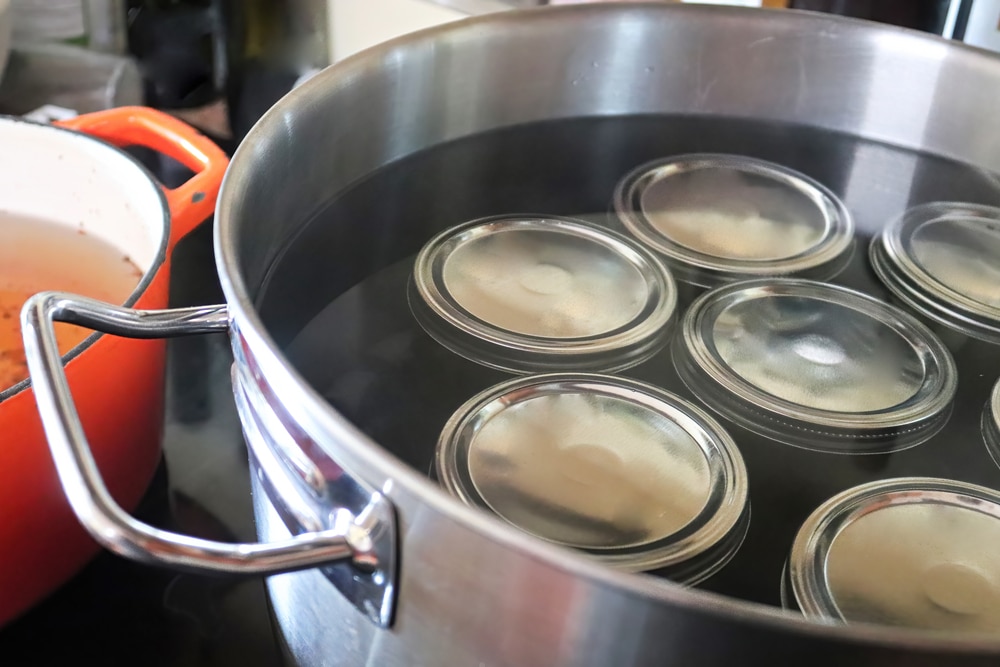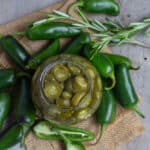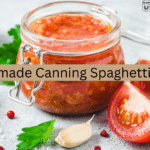Have you ever craved something so much that you eagerly await its season to indulge? Now, with home canning, you can enjoy your favorite foods year-round. Preserving food through canning is not only practical but also immensely rewarding. It ensures that you have access to those seasonal flavors whenever you desire them, even when they’re not in season. If you’re new to food preservation and wondering where to begin, let’s explore the basics together. Canning primarily targets high-acid foods such as tomatoes, fruits, pickles, and salsa. There are two main methods: pressure canning and water bath canning. Water bath canning, particularly suited for high-acid foods, uses boiling water to create an airtight seal that prevents spoilage. This method ensures your preserved foods remain safe and delicious for months.
In this article, we will delve into water bath canning, providing you with comprehensive techniques and methods to master this time-honored preservation technique.
Getting Started – Equipment You’ll Need
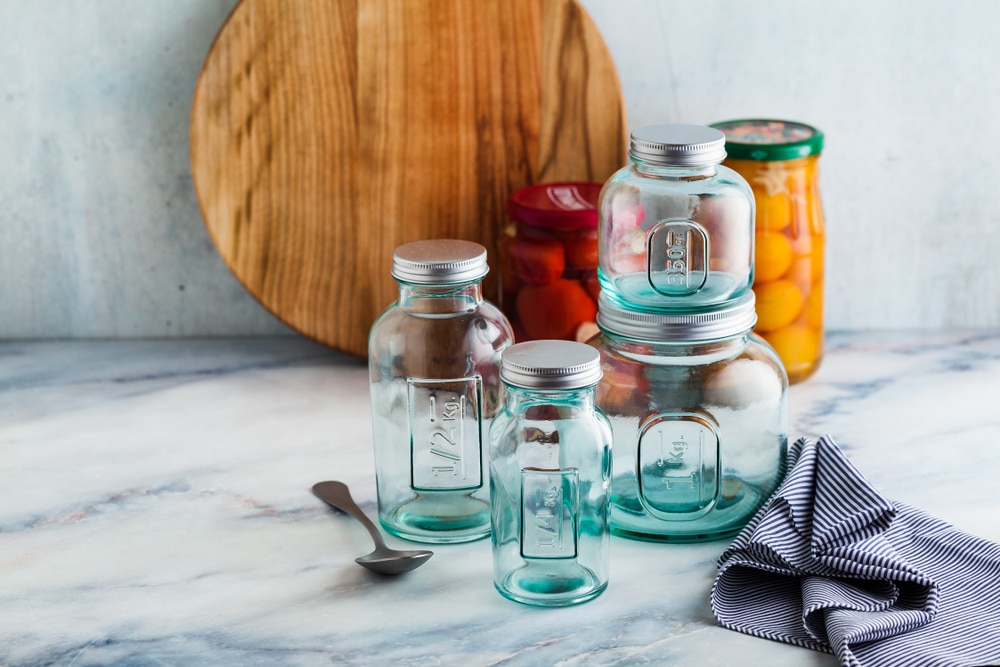
Before you begin, gather your supplies:
- Clean Jars: Mason jars are the most commonly used, but any heat-proof glass jars with two-piece canning lids will work.
- Canning Rack: A rack that fits inside your large pot is essential to keep jars from touching the pot’s bottom.
- Large Pot: This should be deep enough to cover your jars with at least one inch of water during processing.
- Lid Lifter: A tool to safely remove hot lids from boiling water.
- Jar Lifter: This is for safely lifting hot jars in and out of the water bath.
- Wide-Mouth Funnel: Helps to fill jars cleanly without spills.
- Clean Towels: For wiping jar rims and cleaning up spills.
- Timer: To ensure you process your jars for the correct amount of time.
Step-by-Step Water Bath Canning Process
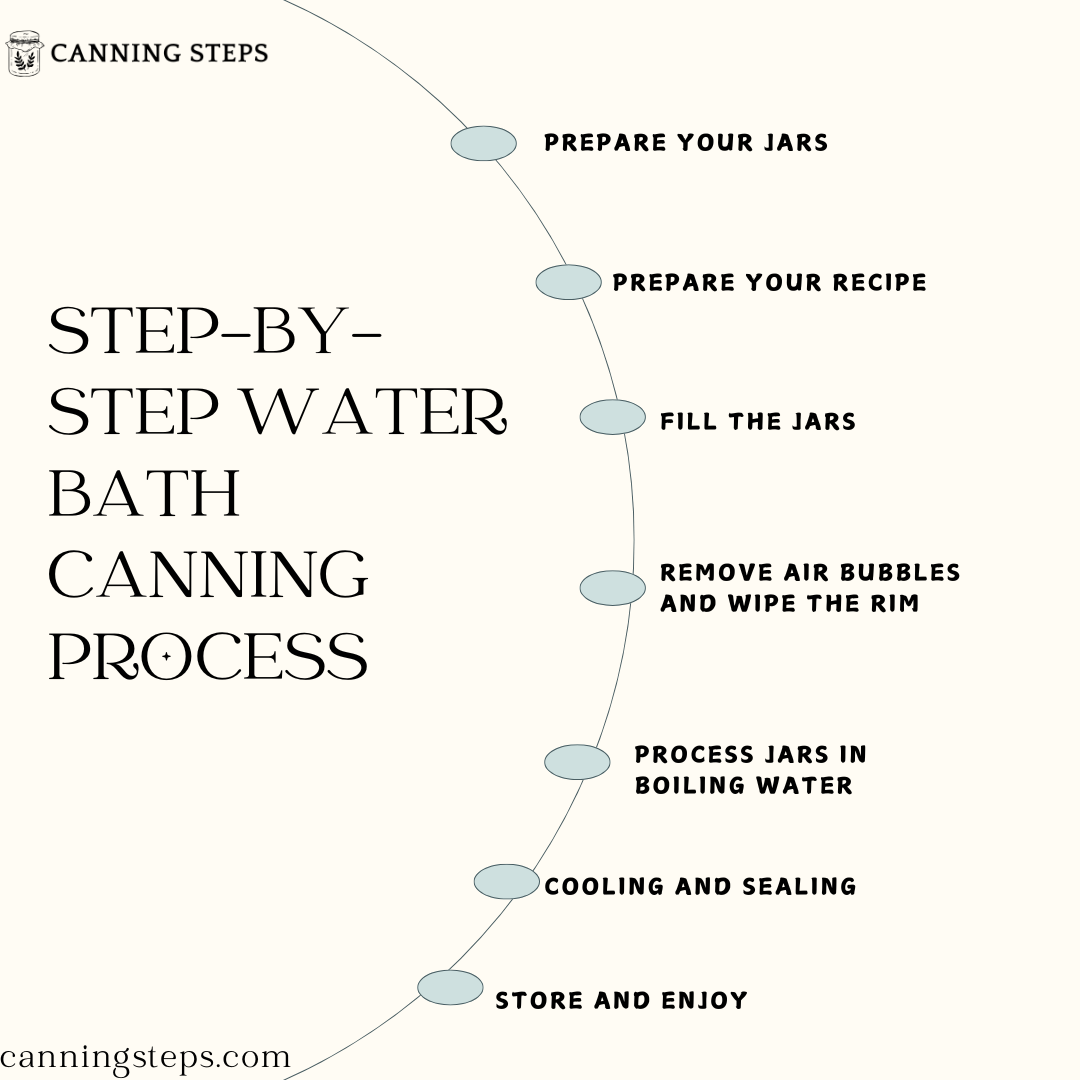
Prepare Your Jars
Wash jars, lids, and bands in hot soapy water. Rinse well. Keep jars hot until ready to fill. You can do this by placing them in a clean sink filled with hot water.
Prepare Your Recipe
Whether you’re canning tomatoes, green beans, or salsa, prepare your recipe according to trusted canning guidelines. Ensure all ingredients are fresh and high quality.
Fill the Jars
Using the wide-mouth funnel, carefully fill hot jars with your prepared food, leaving the recommended headspace as per your recipe. Headspace refers to the space between the food and the rim of the jar.
Remove Air Bubbles and Wipe the Rim
Slide a non-metallic spatula or bubble remover down the sides of the jar to release any trapped air bubbles. With a clean, damp cloth, wipe the rim of each jar to remove any food residue. A clean rim ensures a proper seal. Place lids on jars and screw bands on fingertip tight. Do not over-tighten.
Process Jars in Boiling Water
Using your jar lifter, lower-filled jars into the canning rack in the large pot of boiling water. Ensure jars are covered by at least one inch of water. Bring water back to a rolling boil. Start timing the processing once the water reaches a rolling boil again. Refer to your recipe for the specific processing time required based on your altitude and the type of food you’re canning.
Remove Jars
After the processing time is complete, turn off the heat and carefully remove the jars with the jar lifter. Place them on a cooling rack or a towel-lined countertop, leaving space between jars to allow air circulation.
Cooling and Sealing
Let jars cool undisturbed for 12 to 24 hours. You’ll hear the satisfying “pop” of the lids sealing as they cool. Check seals by pressing down on the center of each lid. If it doesn’t flex, it’s properly sealed.
Store and Enjoy
Label your jars with the contents and date before storing them in a cool, dark place. Properly sealed jars can be stored for up to a year.
Water Bath Canning vs. Pressure Canning
It’s important to note the difference between water bath canning and pressure canning. Water bath canning is suitable for high-acid foods like tomatoes and fruits, and boiling water is used to create a seal. Pressure canning, on the other hand, is necessary for low-acid foods like vegetables and meats, requiring higher temperatures reached through steam pressure to kill bacteria.
Water Bath Canning Recipes
For beginners, starting with simple recipes like water bath canning tomatoes or green beans can build confidence. Here are a few popular recipes to consider: Canning Tomatoes in Water Bath are perfect for sauces, soups, or diced tomatoes. You can also check the 15 tempting pressure canning recipes in this detailed article.
Mastering water bath canning opens up a world of culinary possibilities, allowing you to savor the tastes of each season long after the harvest ends. With the right equipment, fresh produce, and attention to detail, you’ll soon be preserving your garden’s bounty with confidence.


